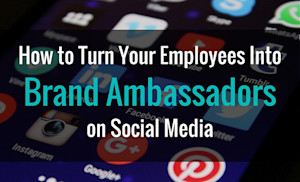October 14
Finding the right person to take over a role at your company is challenging. It often costs thousands of dollars just to fill one low- to mid-level position, and even more for management positions. That's why assuring that each hire you make is successful is of utmost importance in today's business world. Studies have found that new hires are one of the biggest factor in creating animosity and discord in the office. On top of that, in a 2014 survey done by BambooHR, it was discovered that one-third of the 1,000 respondents said they had quit a job within the first six months of starting it. Plus, more than 16 percent left between the first week and the third month of their new job. Along with being extremely costly moneta…Read More









